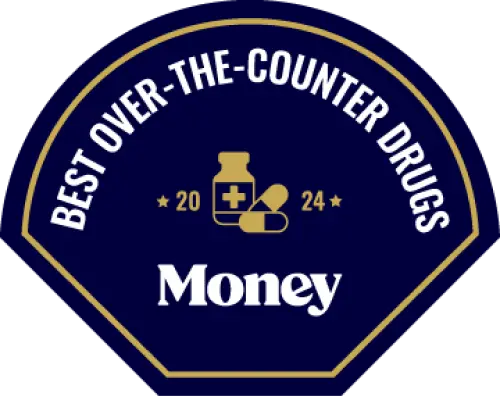For Money’s inaugural list of the Best Over-the-Counter Drugs, we partnered with Drugs.com, a site that provides consumer information on thousands of pharmaceutical and health products. In doing so, we created picks in more than 150 categories.
Planning for the package began In fall 2023, as Money editorial staff worked with the experts at Drugs.com to set the scope and priorities for the picks. Products were selected based on evaluations of safety and effectiveness, as well data on consumer familiarity and acceptance. We believe our picks also represent fine value.
Read on for our complete methodology for the selection of more than 750 choices.
Analysis of consumer preferences and acceptance
When picking over-the-counter drugs and other non-prescription health products, it’s helpful to consider how widely they’re distributed and how readily they’re known and accepted by consumers. That way, the odds rise that the product you pick will be available and pleasing to readers.
To gauge the market preference and acceptance of specific products and brands, Drugs.com employed its own proprietary usage analytics data. This data reflects the online searches of millions of end users, and of more than 280,000 user reviews and ratings.
Carrying out professional evaluations
Naturally, consumer acceptance alone is no guarantee that a product represents a standout choice within a category. Over-the-counter products also need to be effective and safe.
All the medical and pharmaceutical information on our picks was compiled by Drugs.com pharmacists and/or medical journalists. These experts worked with information from several trusted medical publishers, Food and Drug Administration (FDA), and National Library of Medicine.
Understanding the lists of picks
The resulting lists each present anywhere between five and nine product picks, depending on the category.
In addition to the product names, the listings also note the active ingredients — that is, the components most important to effectiveness — for each pick, along with noting important points about the product. These notes can include the best uses of the product, safety warning, its utility (for example, how long a dose remains effective) and other information to assist consumers in buying and using the choice.





